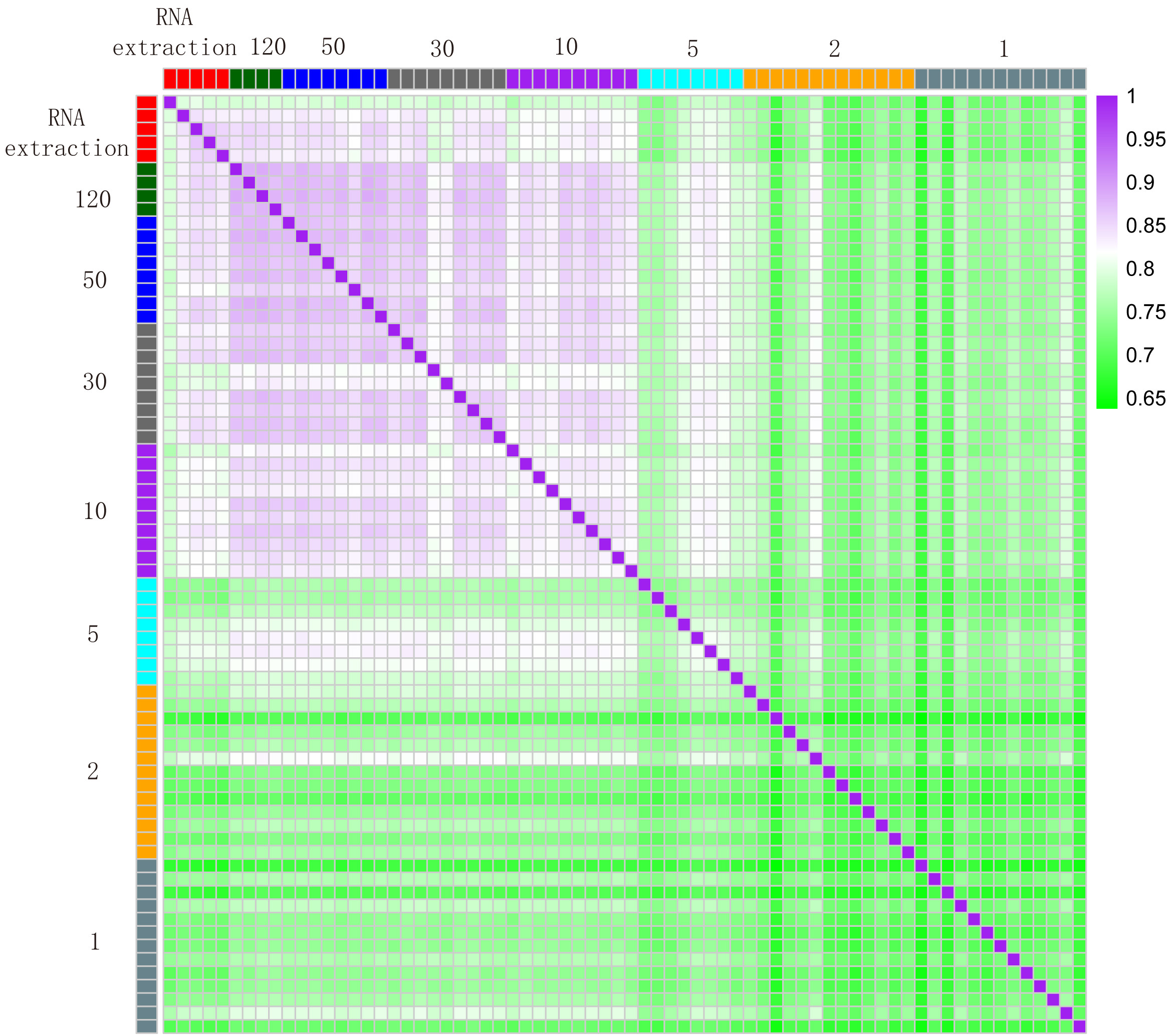
The study, which is published in Nature Communications, demonstrates how the method can be used by neurologists to distinguish between closely related neurons that may show differential vulnerability to disease. The method can also be of value to other areas, such as cancer research, pathology and biomarker identification.
 «Similar analyses used to require hundreds, if not thousands of cells," says Eva Hedlund at the Department of Neuroscience, who led the study with Qiaolin Deng from the Department of Cell and Molecular Biology at Karolinska Institutet. «Our methodological development allows us to effectively analyse a small number of cells, even single neurons, from human and mouse tissues.»
«Similar analyses used to require hundreds, if not thousands of cells," says Eva Hedlund at the Department of Neuroscience, who led the study with Qiaolin Deng from the Department of Cell and Molecular Biology at Karolinska Institutet. «Our methodological development allows us to effectively analyse a small number of cells, even single neurons, from human and mouse tissues.»
The ability to identify gene expression in different cell populations is a valuable tool for researchers in their efforts to understand disease mechanisms and biological processes. Two hurdles they commonly face is a lack of tissue material, especially from patients with different diseases, and small cell populations. In many cases, there are no unique genetic markers that can be used to identify the cells. Methods that enable identification and analysis of a small number of cells in scarce tissues are therefore warranted.
The teams at KI have now combined two existing methods to develop a new method they call
 «One great advantage of the technique is that the tissue does not need to be broken up," says Dr Qiaolin. «Thanks to that, the positional information remains intact in each isolated cell. Given that we don’t have to purify RNA molecules from the cells and can use
«One great advantage of the technique is that the tissue does not need to be broken up," says Dr Qiaolin. «Thanks to that, the positional information remains intact in each isolated cell. Given that we don’t have to purify RNA molecules from the cells and can use
The researchers also show that
«We show that we can identify specific differences between dopamine cells that are liable to atrophy in Parkinson’s disease and those that are resistant," says Dr Hedlund. «Since very few cells are needed for
The study was financed by grants from several bodies, including the EU’s Joint Programme for Neurodegenerative Disease, the Ragnar Söderberg Foundation, the Swedish Research Council, Karolinska Institutet, the Åhlén Foundation, the Parkinson Foundation, Neuro Sweden, the Swedish Society for Medical Research, the Jeansson Foundations and the Swedish Foundation for Strategic Research.

Gene expression correlation was high for 120, 50, 30 and 10 cell samples, while 5, 2 and 1 cell samples showed the heterogeneity among spinal motor neurons.
Source: http://ki.se/en/news/new-method-allows-analysis-of-single-neurons-from-tissues


